
David Grant
-
Posts
5 -
Joined
-
Last visited
Content Type
Profiles
Forums
Blogs
Gallery
Events
Store
Posts posted by David Grant
-
-
Many thanks Bayern, Most useful. I was initially tempted towards the 1st Bombay Lancers on account of the medal ribbons - service in Dongola would have added the two Sudan Medal ribbons. I have one group, in bronze, to the 1st Bombay Lancers that includes an India Medal so not far off. Five sowars of the 1st Bombay Lancers were in South Africa in 1902, when the photo was apparently taken. This is according to the South Africa Medal rolls and the Sudan Medal rolls. One of whom I have the medals for - but no evidence of an India medal. Again many thanks for your input.
0 -
Hi,
The following item has appeared on ebay at https://www.ebay.co.uk/itm/9-2-Cabinet-Photo-India-Indian-Army-Soldier-Uniform-Boer-War-South-Africa-Sword-/164169873800 and I was wondering if anyone could help me identify any pertinant features that might help me indentify the regiment. I take it with the chain mail epulettes, the curved sword & the lack of insigniature both men are cavalry sowars. I have been reliably told that the carbine is a .303" Matini-Enfield Calvalry Carbine ( possibly Martini Metford ). What I do not know is if with the sword they could possibly be Indian lancers. There seems to be a row of 4 medal ribbons on the left breast of both men which is particulary perplexing. Any help would be appreciated
ATB
David
Cavalry Regiments that were present in South Africa in 1902 were
3rd Regiment of Bengal Cavalry
4th Bengal Cavalry
5th Bengal Cavalry
6th Bengal Cavalry
3rd Queen's Own Bombay Cavalry
4th Bombay Cavalry
5th Bombay Cavalry
6th Bombay Cavalry
Queen's Own Corps of Guides
1st Punjab Cavalry
2nd Punjab Cavalry
3rd Punjab Cavalry
& 5th Punjab Cavalry
1 -
Thanks Paul.
This medal is one to covert and is not mine unfortunately. There were a few casualties amongst the IOD and this might be one. Unfortunately there are 2 Luchmans on the roll and we will never know unless a second one turns up. A little history for you.
The transports Henzada with No.3 field medical stores depot, No.11 British field hospital, and Ordnance field park...... left Calcutta, 20th September (1899) and arrive on October 14th 1899 at Durban.
The Indian Ordnance Department consisted of 4 officers, 15 men, 3 horses and 119 attendants and had a weight of 250 tons. It was the only Indian unit to participate as a whole during the war.
The Indian Ordnance Field Park that was established outside Pietermaritzburg, played a critical role in the relief effort. The offloading of munitions arriving by train from Durban and the expeditious dispatch of orders for the Front Line were expertly and efficiently undertaken by Indian Officers and their staff. Another Indian stores camp was located outside of Ladysmith at Convent Hill. This camp came under Boer fire on occasions and several Indians were killed and injured. The siege lasted 119 days and ended in relief on 1st March 1900. The role of the Indian Ordnance Field Park during that siege was particularly noteworthy.
After the siege the Indian Ordnance Field Park returned to India. All members entitled to Defense of Ladysmith bar to the medal if issued
Medals to the Indian Ordnance Department are impressed named.0 -
On 2006/02/04 at 21:15, Garth Thompson said:
Bronze issue to LASCAR LUTCHMAN INDIA ORD. DEPT.
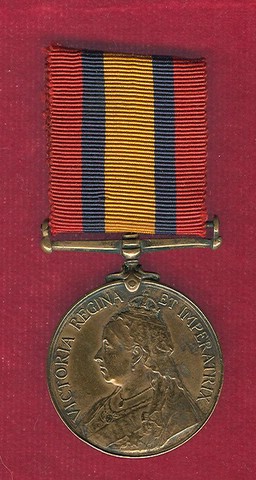
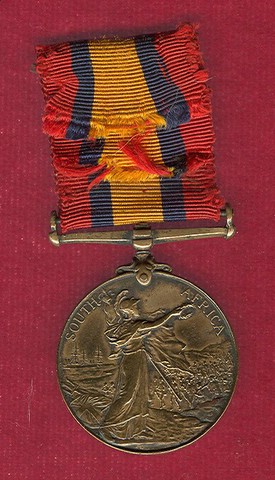


There is a good chance this man was a casualty of the Boer War.
Luchman served with the Indian Ordnance Corps at Ladysmith as a 2nd Class Lascar. His son, Rane Ibass, aged 10 received a pension of Rs 28.8, payable by Britain for 12 years. From the Punjab.
AG/26/11/2 (Folio 14)
WO 100/298 p 3a
Unfortunately there are two men with this name on the rolls
0




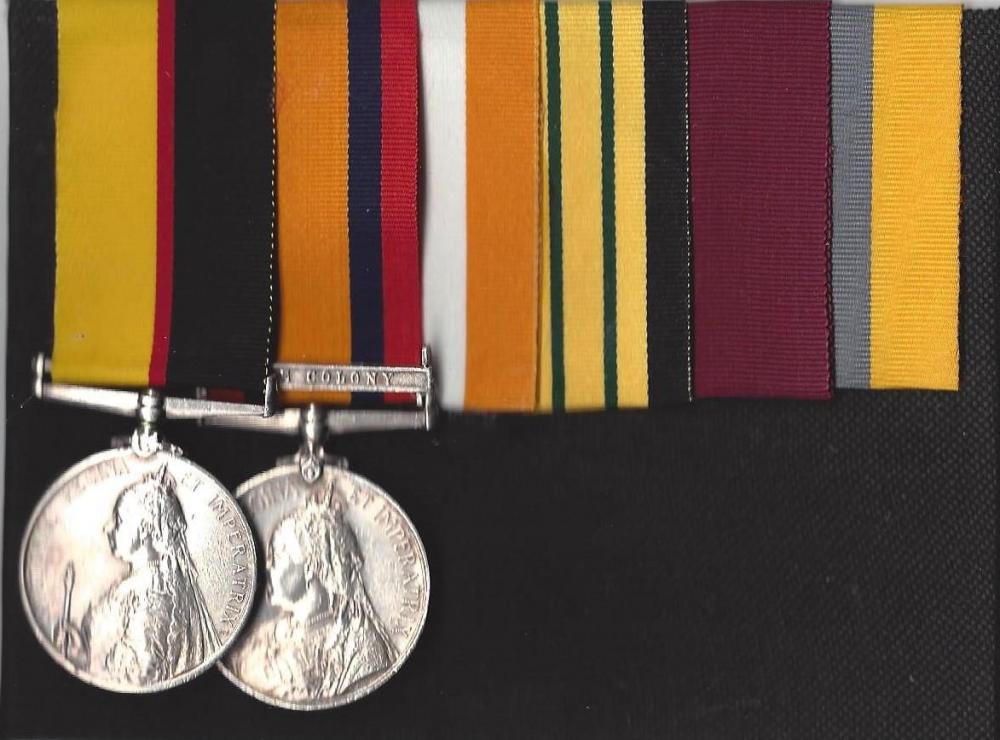
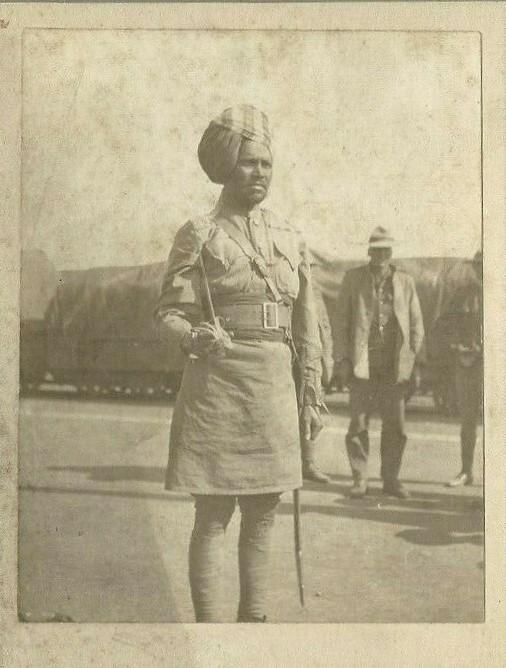
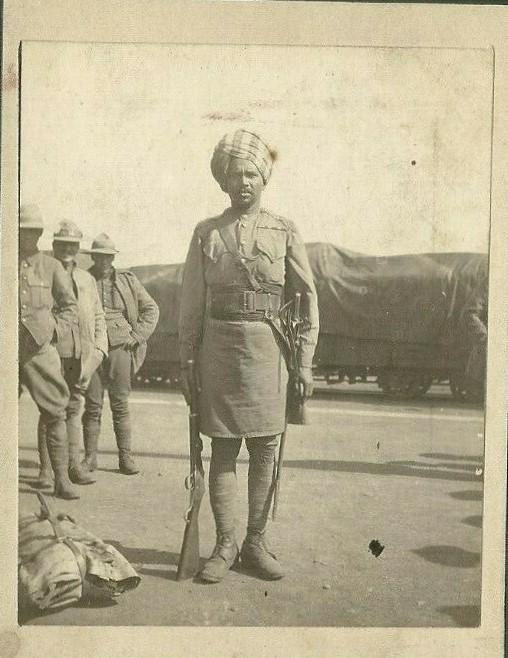
Indian Cavalry(?) Uniforms 1900
in Great Britain: Militaria: Badges, Uniforms & Equipment
Posted · Edited by David Grant